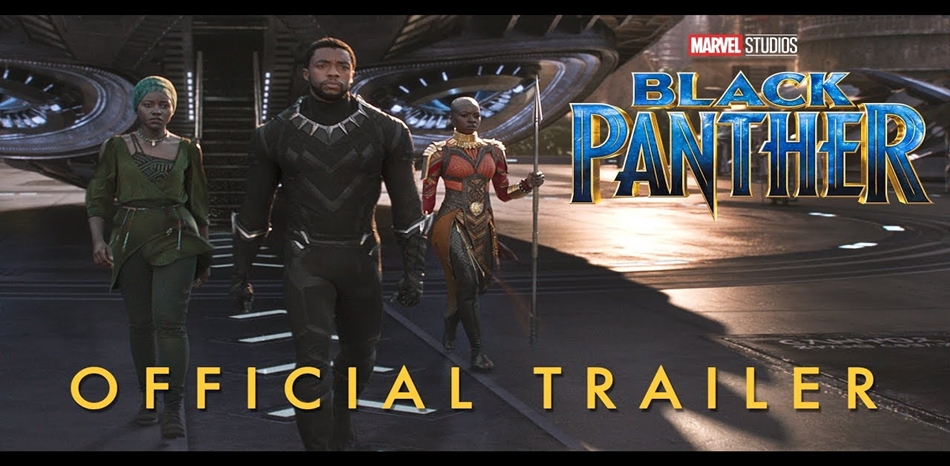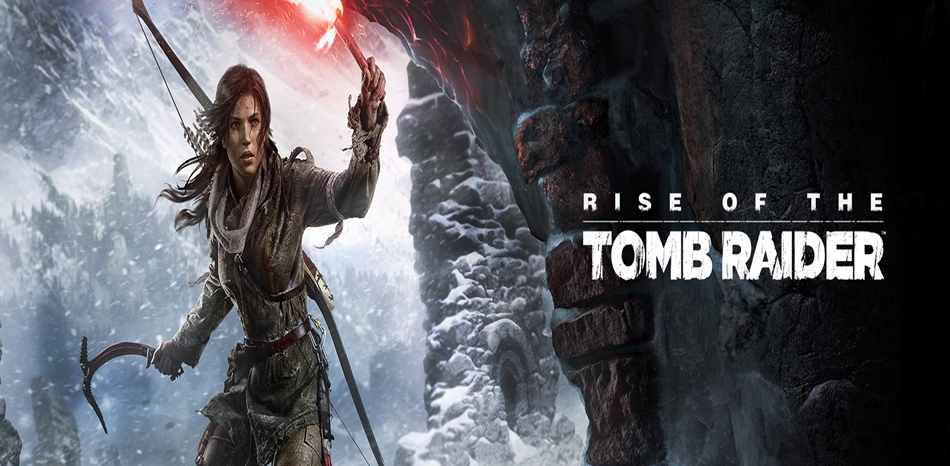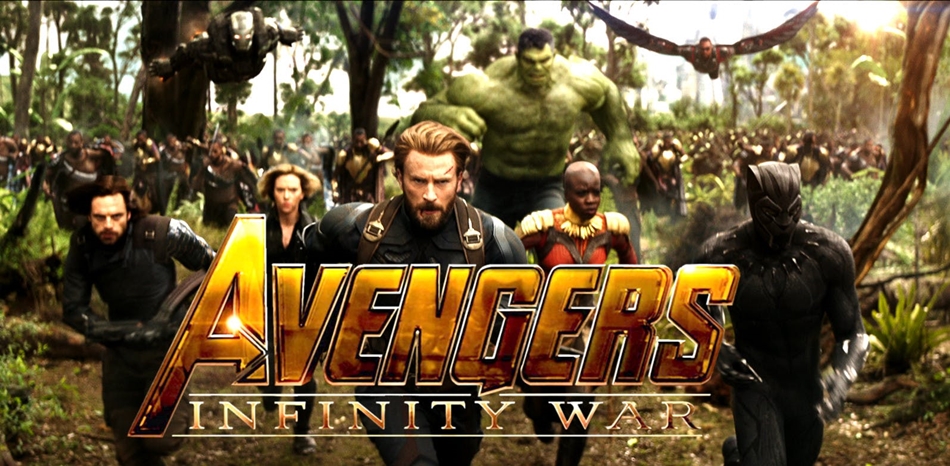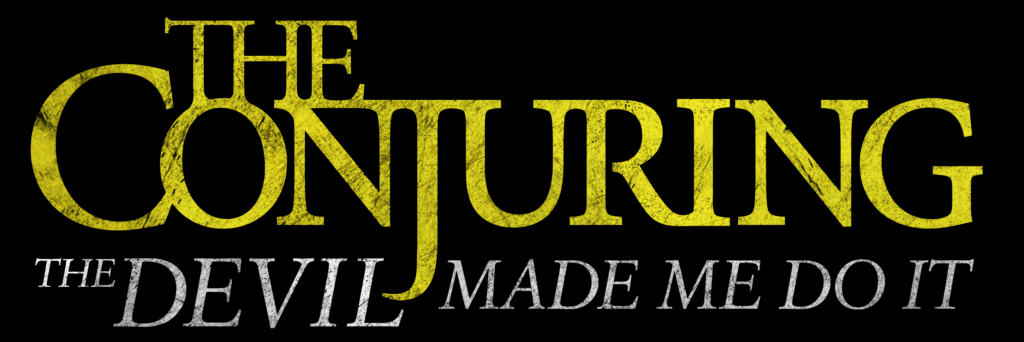In this week’s episode of The Boxoffice Podcast, distribution veteran Bob Berney joins Boxoffice Pro editorial director Daniel Loria in a conversation about the seismic changes affecting theatrical distribution and exhibition as audiences return to theaters.
After starting his career programming independent and specialty films for movie theaters in Texas, Berney made the jump to distribution and went on to release some of the most successful arthouse titles of the last three decades. Roles at IFC Films (Y Tu Mamá Tambien, My Big Fat Greek Wedding), Newmarket Films (The Passion of the Christ, Monster, Whale Rider), and FilmDistrict (Insidious, Drive) preceded his appointment as head of marketing and distribution at Amazon Studios in 2015. During his four years at Amazon, Berney helped launch the tech giant’s foray into theatrical distribution with a strategy that embraced traditional theatrical releases and promoted a diverse slate of crossover independent titles like Manchester by the Sea and The Big Sick.
Berney left Amazon to relaunch his own distribution company, Picturehouse, in 2019. In this interview, Berney shares his insights on the current volatility affecting the theatrical market as streaming companies make a play for big movies and major franchises at the multiplex, while specialty players learn to adapt to a market without the influence of the film festival circuit.
Listen to The Full Episode:
The transcript below has been edited and condensed for clarity. Subscribe to The Boxoffice Podcast on Spotify, Apple, and wherever you get your podcasts to access the full interview.
You began your career in exhibition. What were some of the lessons that you took from that experience and how did they influence your approach to theatrical distribution?
During college, at the University of Texas in Austin, I worked at movie theaters. After that, I went to Houston where I worked at an AMC theater called The Greenway that was kind of a loser at the time. And they let me try indie films—anything—there. That is what really got me interested in trying to curate independent films. Later, I found a location in Dallas, Texas, in the far north suburbs, where I was programming indie and art films. It was struggling but it took off because I found a film called My Brilliant Career. We were playing in the suburbs, and all of a sudden, it took off and played months in Dallas. It showed there was a need. We finally found a beautiful location called the Inwood Theatre in Dallas, which we turned into a real community center. It had three screens, we developed the first bar and restaurant in a movie theater before any of these current trends. What I learned from that is to really respect the audience and learn from them, how they respond, and to how to really invite people into a theater and make it part of a community. We did film festivals there, we did director Q&As. My experience in exhibition really helped me learn what marketing works from other distributors, what methods to use, and, mainly, how to talk to the audience. It was really a great experience. I miss it and I always follow the exhibition business as a distributor with an admiration for what it brings people and knowing how difficult the business is.
How did you first come to be involved with your current company, Picturehouse, and what was its ethos coming into the distribution landscape at the time you founded it?
At the time, Picturehouse evolved from a company I owned with some partners called Newmarket Films. We had distributed some big films, including The Passion of the Christ and Whale Rider, among several others. We sold Newmarket’s distribution assets to a combination of HBO Films and New Line Cinema and renamed it Picturehouse. So it was really me and the same team under new corporate ownership. At the time, HBO Films wanted to start making theatrical films and New Line had recently shut down Fine Line, their indie label, and wanted to have a new version. Since both of those companies were owned by Time Warner, they decided to split it and both invest in and buyout Newmarket Films. That’s how it started, it was really to do independent films while being financially responsible—making award winning films that were also successful. That was the goal.
We’re in a very different landscape now. You mentioned that, at the time, HBO was trying to get into movie theaters; right now, it’s movie theaters trying to make sure their programming doesn’t end up on HBO Max on the day it opens. The pandemic is also a huge factor in today’s market, with risks and opportunities around programming and dating titles on the release schedule.
Well, it’s interesting, because we’re not only recovering from the pandemic, but as of this week, we’ve gone into two huge sea changing events with the changes at WarnerMedia and AT&T and the [news] of Amazon buying MGM. We’re in a really volatile situation, especially when all of a sudden Warner Bros. goes day-and-date with HBO Max, but my feeling is that there will definitely be a recovery.
We’ve already seen signs of people wanting to come back to movie theaters. I understand it will take some time, but you can tell, when you go back and see people’s reactions, that they’ve missed it. Now we just need movies in theaters for people to go to. We’re in this period where are films starting to come back, but [the market hasn’t] generated consistent releases.
That said, for indie films, there is an older audience that may be slower to come back—although you could also argue they were the first vaccinated, so maybe they’ll be among the first. Ultimately, I do think the moviegoing experience will return. It’s going to be a slog through the summer—maybe until the fall, when the bigger indie films get back to festivals with publicity.
One thing the pandemic showed us is that virtual festivals, while admirable, don’t have the same impact as an in-person event. Telluride is going to happen this year. Cannes has said they are moving forward , and it looks like it will happen. It’s going to take these festivals, to start generating the publicity, awareness, and the excitement that make people want to go back to the movies.
The fesival scene right now reminds me of sports being played at empty stadiums because of the pandemic. The content is there—the games are being played—with these virtual or hybrid festivals “behind closed doors,” but it doesn’t seem like an occasion. And the cultural impact of the film festival cycle that has such relevance for awards season, for acquisitions, for the independent and foreign film community, it just feels like we really need to have these events back to being occassion for them to hit their full potential and have a true impact on the industry.
I agree, and I think you’re going find a lot of distributors waiting to see if these festivals are really back or if it’s a hybrid of virtual and in-person. That will weigh into their decisions about giving their biggest films to the festivals. A lot of the films from last year are still waiting—what comes to mind is something like Wes Anderson’s new movie—that have been sitting around and waiting for the cinemas and festivals to come back. It does feel like it is going to happen, but it still may be a little tough this summer.
One of those films that had to wait during the pandemic is Fatima, one of your releases that was scheduled to release last Spring.
Correct. Originally, we were going to release it in April [2020], and then of course, all of this happened. We still held on to the chance that maybe late in the summer, say August [2020] it could happen, but around July it was looking rough and we decided to pivot. We went with a PVOD release, following some of the films that did that last summer, and it did quite well. This was before the changes we saw with, say Universal and AMC making these [shortened window] deals. It was succesful on PVOD, on VOD and DVD, and then played streaming as well. And after all these things, we still then reopened in theaters with AMC.
Before the pandemic, in January [2020], we had gone to AMC in Kansas City and showed them the film, anticipating the theatrical release. AMC invited some of the local people from the bishops office in the Catholic Dioceses there and we got a great response. I think they liked the film and saw the reaction. And when we reopened the film [in May 2021] we got tons of publicity, particularly in the Catholic area, I think because it was in theaters. The theatrical release gave it momentum around a specific date and made it more an event, even though it had been on all these other platforms.
What it showed me is that a theatrical release really does create and generate publicity and excitement. Maybe there will be a future with a hybrid of the Universal model with PVOD, day-and-date, and traditional theatrical releases. It’s gotten to the point where there’s going to be multiple ways to do something. I do think that independent films need word of mouth; they need to play. For the indie films, there is still going to be room for a traditional release. The theatrical window may be shorter than 90 days, but these films need audiences to tell people [about them] and it takes a while to spread word of mouth compared to a wide release.
As we begin to understand how this industry works through a new way of doing business, we are also hearing calls from the audience to see more diversity on screen: more cultures, different languages. Where I find a disconnect is that these type of films already exist, it’s not that these movies aren’t being made, distributed, or programmed. Companies like Picturehouse are out there putting diverse films on screen. Take Mexico, for example, there is more Mexican cinema on screen in New York City than in most Mexican cities. What is missing for this part of the industry to connect with those audiences clamoring to see more diverse films?
It only takes a film or to break through, but then you need to follow up. When we did Y Tu Mama Tambien back at IFC Films, it broke through, but exhibitors and distributors need to keep going. It can’t be because a certain type of film comes and doesn’t do business, that they go, ‘Okay, it’s over.’ It needs consistency. Independent distributors have made inroads with smaller exhibitors and the larger circuits to experiment with. Now that media targeting is better with digital media, I think we’ll see more of it.
We need some successes and we need exhibitors to playing them, not just rely on one film and whether it works or not. Parasite doing so much business woke up the whole industry to realizing we’ve ghettoized some of these films just because they’re in another language—and yet, the emotion and power of the cinema breaks through all that. If you have the right storytelling, it’s a big movie—the past couple of years have shown that. It is tough with all the competition from streaming and everything else. There’s more ways for content to reach customers. But I do think things will improve and we need more independent cinemas out there that can play these films.
Film festivals also provide a cultural seal of approval for these films. As they re-enter their local market, having that seal of approval of international prestige helps them find local screens. As you were saying earlier, that is why having film festivals back is going to be very important for exhibition, not only in the U.S. but also abroad.
My hope is that we have enough independent exhibitors hang in there and stay open as we wait for the recovery, and that the bigger chains can give these films a shot as well. It’s going to take effort from both the distribution and exhibition communities to work together in sharing audience data with each other. There has to be a sharing of data to reach the audience and discover how we can we work together. Circuits are realizing that and even competing exhibitors need to try and share audience data to help the overall theatrical experience.
Talking about data and new platforms, in your previous role you helped Amazon Studios get off the ground. And it wasn’t through big tentpoles, you came in with a very interesting strategy of bringing independent and arthouse movies that could breakthrough—and during your time there, they did. What did you learn from your time at Amazon and how have you applied those lessons to Picturehouse today?
At Amazon the focus is on data, but it’s also about how you can present films and market them. I was able really learn a lot from their systems there to reach audiences. At the same time, we were trying to say, ‘Look, the theatrical experience drives movies and can drive streaming too.’ We went through traditional theatrical releases at the time, with films like Manchester by the Sea and The Big Sick. We were able to take the power of Amazon’s marketing and data to drive those films to record heights. For a film like Manchester by the Sea, a lot of people thought, ‘Wow, this is a tough one,’ but it really worked—and the streaming was successful after that.
I believe movies can drive subscribers to streamers. There is always this tension between going exclusively theatrical or day-and-date. After some time at Amazon, there was a lot of push internally to go straight to streaming or day-and-date. There’s always factions within these companies. If you look now at what’s happening at Amazon with films like Coming 2 America and the Borat sequel, these are big movies. I think they’ve realized that big movies are what matters to them. It’ll be interesting to see, particularly in light of this [news] of Amazon taking over MGM, how it plays out. I think it shows that customers want big movies. I hope, in the future, there’s a balance there between theatrical and streaming. I think there will be, that we’ll see more theatrical from the streamers, at least as as promotional vehicle. I hope they can work with exhibition in some way.
Another thing to understand as the cinema industry is realigned is that the success metrics are different from an established legacy studio, to an independent distributor like Picturehouse, and to tech companies like Amazon or Netflix. Can you share what those success metrics were during your time at Amazon and how they differ from your current role at Picturehouse? Because if we’re looking at box office numbers alone, dollar gross doesn’t even begin to tell the story of what these two different models value.
The old Hollywood model of one picture success or failure can literally sink a company, whereas streamers are looking at multiple films and increasing their number of subscribers. If there are one or two films that don’t work, they make absolutely no difference in the way a Netflix or Amazon operate. They can take much bigger bets compared to big studios. It’s a different world, where they look at a much broader picture than that the old, live-and-die by the Friday night or opening weekend numbers of a studio.
To assess the level of that success or failure we need data. What’s it going to take to get more viewership data from streaming companies? Whether that’s in the form of box office or streaming numbers—are these metrics even relevant for us to be looking at considering the scope of these companies?
It is, and I think you’re going to see a slow trend to reveal that information. As the streaming services get competitive, they’re going to want to tout their successes to get filmmakers to join them. They’re going to start revealing some of that information that has always been private. At the same time, what you’re seeing is the studios starting to withhold information. Studios are now saying, ‘Well, wait a minute, maybe we don’t need to report the gross.’ We might see more of this back and forth, a lot of selective reporting. We’re may not hear about the ones that don’t do so well.
That’s the concern that we have; seeing this turn into a press release business rather than a news business. It’s important to gain insights, to learn form mistakes and missed opportunities, the sort of things that may not make a press release.
There is going to be a need for context and what those numbers mean, too. You could use theatrical as a launching pad, which would be great, but you also want to know what the whole life of a film is. That bigger story is still being hidden; it’s not just about the theatrical or streaming part, it’s the entire life of the film.
I feel like the theatrical experience will survive this. It’s going to be different. There may be different terms and maybe even a different number of screens, but I do think it will survive and that the audience will and want and demand it.
The post This Week on The Boxoffice Podcast: Bob Berney on the New Landscape for Theatrical Distribution appeared first on Boxoffice.
from Boxoffice





